|
Some say homeschooling is only for the younger kids in the elementary or middle school, but high school homeschooling is also a very popular educational choice. Only this time, the decisions lie in great part with the students themselves.
This post may contain affiliate links, which help support this website. We thank you for your consideration and your support. Most that homeschool in high school are teenagers who cannot take the pressures at school, especially those of peer pressure and bullying. Others cannot catch up with the lessons and curriculum programs of regular schools or would like to start early in life through training, internship and community volunteering jobs that would help them be knowledgeable and prepared for the struggle outside the four walls of their school. Still others have been homeschooled their whole lives; why stop now? Choosing the suitable curriculum for teenagers for high school is very important. There are a lot of materials or support they can get especially on the Internet. They can talk to other homeschoolers in established groups through message boards, forums and chats to build a network. Homeschooling sites are also all over the net; they can browse through these sites, find an established support group in their area, get some catalogs and enroll in a curriculum or they can create their own study program. Co-ops are equally as important. This is good for those students who have very supportive and open-minded parents. But in case there are none and the student is left to carry out his curriculum by himself, homeschooling helps students to stand up and depend on themselves because one thing that is developed within is good independent study skills and more as they engage in continuous studying on their own. In choosing the homeschool curricula, it is best if teenagers are present and take an active part in deciding which curricula to choose that would best apply to their learning styles and abilities. It's good for teenagers to create their own course of study. In this way, students will have good choices of activities which develop every aspect of their personality instead of just choosing a fixed program. There are different approaches to choose from and combine that would help in the holistic development of the student. For high school, homeschooling can help them start in life and make a step forward through practical trainings and internship programs depending on the specialization they like to pursue. They can actually be successful in what they want and might do best in the future. For more information on homeschooling in high school, please visit these sites below: Electives to Teach Why You MUST Teach Entrepreneurship in High School Teach Your Teens to File Their Taxes Life Skills to Teach Your Teen: Event Planning 101 Student Blogs: Why Your Teen Should have Their Own Blog Homeschool High School Speech and Debate - 4 Frugal Resources Preparing for College Preparing Your Homeschooled Teen for College Transcripts Assigning Grades for Homeschool High School Transcripts Assigning High School Credit and Planning High School at Home Summer Plans 101 Things for Teens to do in Summer Balance Balancing Academics and Fun in Homeschool High School Thinking about After High School Steps to Choosing the Right Degree After High School Life After High School: Navigating Your Next Steps After High School General / Planning High School Homeschooling High School--Relax, You CAN Do It! Homeschooling High School/5 Tips to Get Ready for the New Year/Special Needs High School High School Archives by Year Round Homeschooling An Authoritative Guide on How to Homeschool High School Should I Homeschool My High Schooler? Curriculum Our Frugal High School Curriculum Choices Homeschool High School English - Make Your Course YOUR Own Affiliate Resources 7 Sisters Homeschool (many, many high school curriculum resources) Hundreds of high school courses at Schoolhouse Teachers
0 Comments
Gratitude is an essential value children need to learn at a young age, but how exactly do you teach it? Teaching gratitude does not have to be hard at all! Here are 16 super fun activities that will teach your child to be thankful for everything in their life.
Read Books There are so many amazing books that will teach your child about being thankful. Reading books brings so many great benefits, and your child will love the chance to snuggle up and read books with you! Some of our favorites include:
Make a Gratitude Chain or Tree Gratitude chains or trees are fun and easy crafts to help your child share what they are grateful for. You can make a chain for every day in November with something they are grateful for to hang around their room. Or, create a tree and add a leaf every day with something they are thankful for. With these, you can go as long as you want. Dinner Table Gratitude Tradition Make it a tradition to go around the dinner table each night and share one thing you were thankful for about today. It can be big or small. Not only will this help them find things to be grateful for, but it will also show them there is always something good about their day, which in turn teaches them to be optimistic. This gratitude tradition will also keep your family close as you talk and share about your days while eating dinner. Competition There are so many fun ways to have gratitude competitions. You can see who can write down the most things they are grateful for in one minute. Make it as short or as long as your child needs. You can also see how many you can name throughout your day. Make these competitions fun and light, nothing too serious. Write Thank You Notes Teach your child to write thank you notes from an early age. They can paint and draw the cards themselves to build their creative side as well. Writing thank you notes will teach gratitude and manners to your child as they learn they need to share their gratitude with others. Rainbow Kind of Days This is one that will hopefully stick with your child forever. Children need to know those bad days will happen, but it doesn't mean the entire day has to suck. Have what is called a "rainbow kind of day." Use this phrase when you have a bad day. Talk about your day and the struggles you went through. Then, tell your child about your rainbow. Just like all storms, during the storm, everything is nasty. But in the end, there is always a beautiful rainbow. This will help your child focus on the good and share their bad times with you. Bedtime Routine If you want to make gratitude a habit for your child, include it in your bedtime routine. Every night before bed, have them share what they were grateful for that day. Make sure you share what you were grateful for that day -- and be sure to include your child! Gratitude Jar Find an empty jar and have your child decorate it however they please. Then, put notes of things you were grateful for inside the jar every day. On December 31, as part of a New Year's celebration, empty it and read through everything you wrote! Gratitude Journal A gratitude journal is a great way to teach your child about being thankful. Get them a journal, or have them make their own. Then try to make it a habit to write in their journals every single day. This will create a habit and help your child learn the importance of keeping a journal. Thankful for Senses Sensory play is always a great way to teach something! You can do this in so many different ways. You can create a sensory bin filled with things your child loves and have them explore and be thankful for each item. Or you can ask your child something they love for each of their senses:
Gratitude Bingo Gratitude Bingo is not a daily activity but rather a week or month-long event. Give your child a bingo card with gratitude prompts inside each square. You can make your own or get one online. Some square examples include:
Thankful Pumpkin Instead of carving your pumpkin, write out all the things your entire family is grateful for. Try to fill the pumpkin with your writing! I use a white pumpkin to do this in the fall and it's a cherished part of our fall decor. Scavenger Hunt Children love scavenger hunts! You can make this as easy or as hard as your child needs. Make hints about things you are grateful for to have them look for until they find the prize. Or, let them make their own scavenger hunt and give them prompts. For example, “Look for something you are grateful to wear.” Grateful Photo Challenge For those children who love to take pictures, have them go on a photo challenge! They can use your phone or a kid's camera. You can choose to give them a list of things to take pictures of or let them find 20 things they are grateful for to take a picture of. Drawing or Painting While it may seem so simple, children love a chance to draw or paint freely. Don’t lead this activity; let your child draw whatever comes to their mind. Process art is much more beneficial than having your child copy a cute turkey you saw on Pinterest. Be sure to hang up your child’s artwork and share how thankful you are for it! Gratitude Walk Many children have a lot of energy that they love to use, so go on a gratitude walk! This can be a simple nature walk, but talk about things you see, hear, smell, and touch that you are grateful for during your walk. These 16 gratitude activities will help your child learn this important skill in a fun way! Learning through play is more beneficial and lots more fun for kids of all ages! What other ways to you like to teach your child about gratitude? |
AuthorTerrie Bentley McKee is an author and speaker who homeschools her youngest daughter. Married to her husband Greg, they have four children, all of whom have special needs of varying degrees. Terrie is a follower of Jesus Christ and tries to glorify God in all she does. To read more about her testimony, click here. Affiliate LinksHomeschooling One Child is a participant in the Amazon Services LLC Associates Program, an affiliate advertising program designed to provide a means for sites to earn advertising fees by advertising and linking to amazon.com. Check out our YouTube channel!Check out our podcast!Please pin!Archives
January 2024
Categories
All
|
- Home
- Blog
- Podcast
-
Resources
- Teach What is Good Devotional
-
Convention Resources
>
- Homeschooling a Teen with Autism
- Tips on Creating a Disability-Inclusive Church
- How to Teach Your Exceptional Child about Faith
- Homeschooling Preschoolers with Autism
- How to Pick Developmentally Appropriate Curriculum for your Autistic Child
- Overwhelmed
- Homeschooling One Child
- Life Skills Chickens
- Strategies on Homeschooling Kids with Special Needs
- About Us >
- Vlog
- Homeschooling News
- Printables
- Special Needs
- Curriculum
- Encouragement
- Home Management >
- History
- Science
- 25 Days of Advent
- Courses
- Store
(C) 2023 Terrie Bentley McKee ALL RIGHTS RESERVED
- Home
- Blog
- Podcast
-
Resources
- Teach What is Good Devotional
-
Convention Resources
>
- Homeschooling a Teen with Autism
- Tips on Creating a Disability-Inclusive Church
- How to Teach Your Exceptional Child about Faith
- Homeschooling Preschoolers with Autism
- How to Pick Developmentally Appropriate Curriculum for your Autistic Child
- Overwhelmed
- Homeschooling One Child
- Life Skills Chickens
- Strategies on Homeschooling Kids with Special Needs
- About Us >
- Vlog
- Homeschooling News
- Printables
- Special Needs
- Curriculum
- Encouragement
- Home Management >
- History
- Science
- 25 Days of Advent
- Courses
- Store
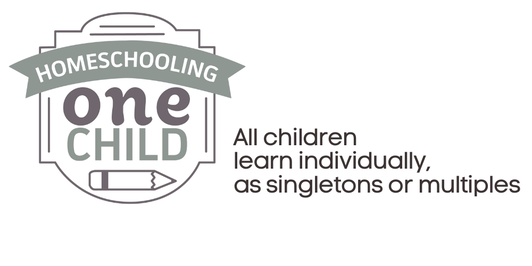



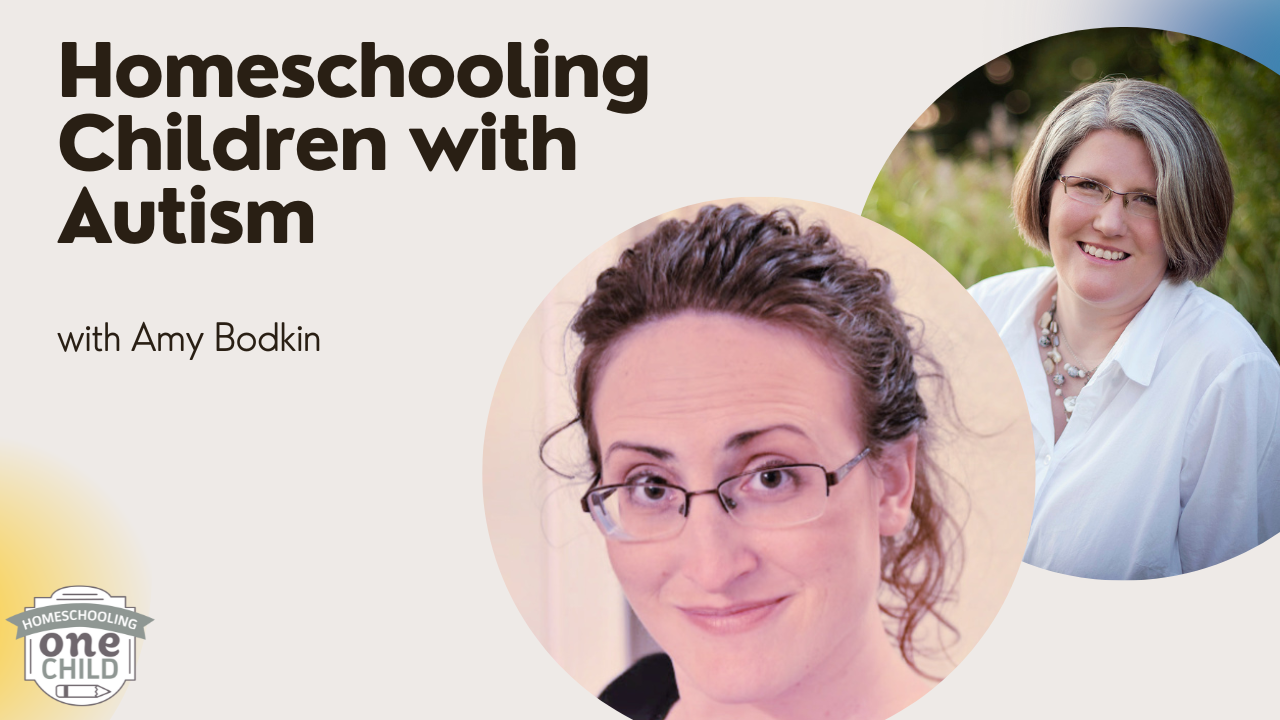


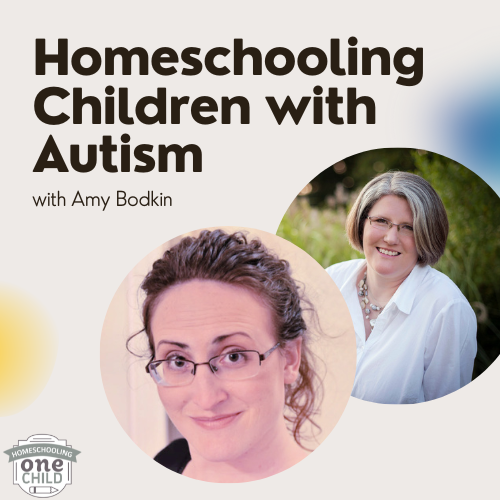
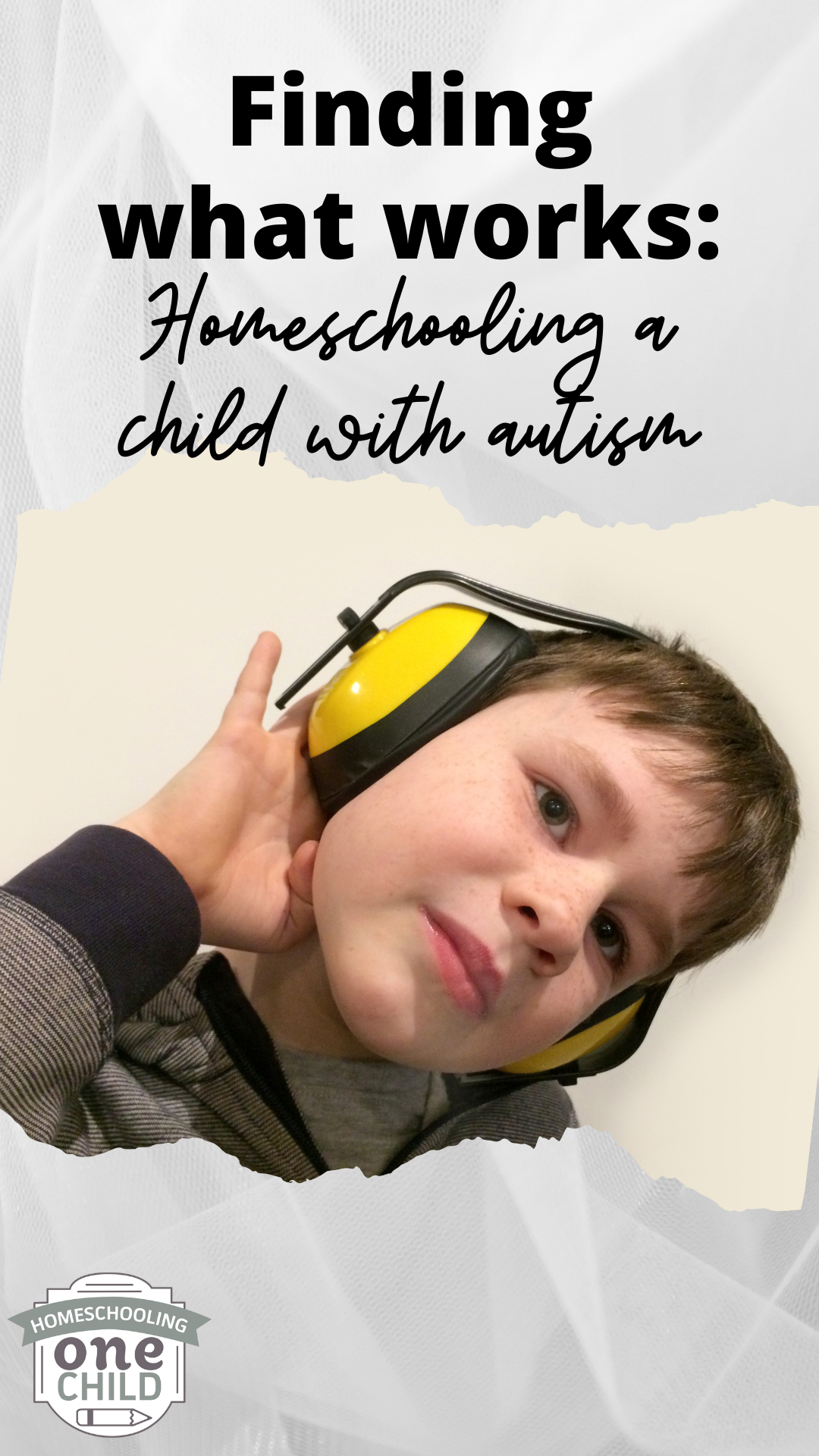
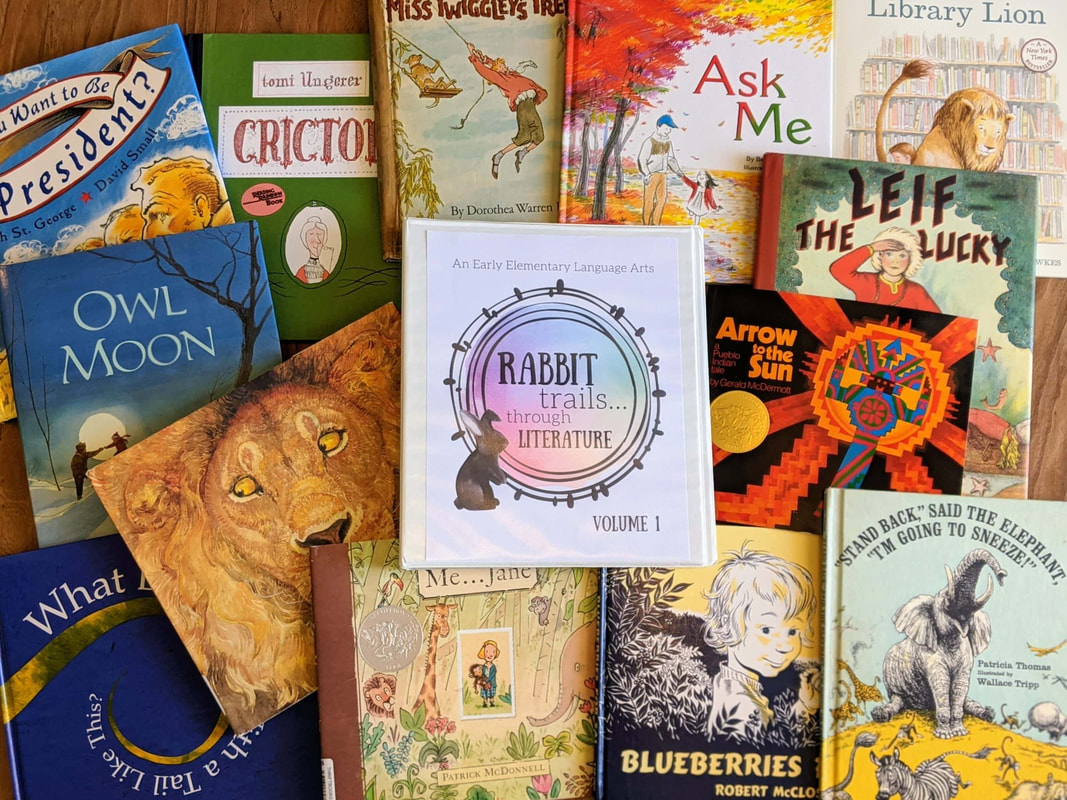
 RSS Feed
RSS Feed
